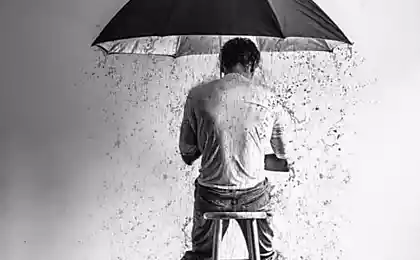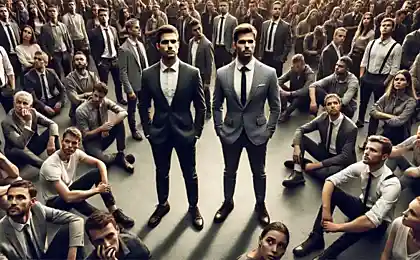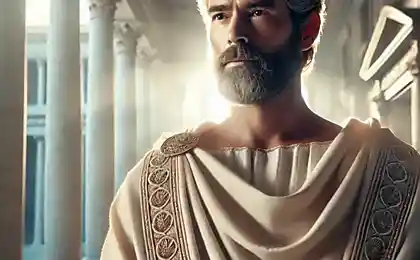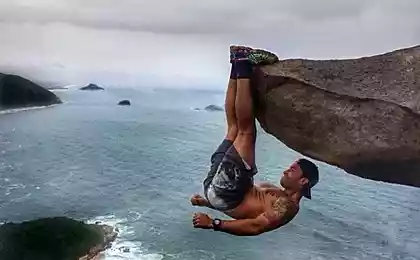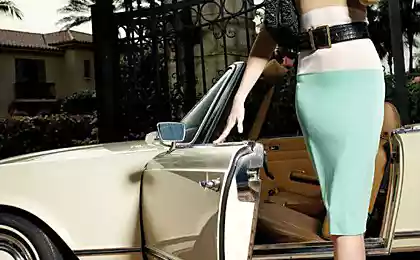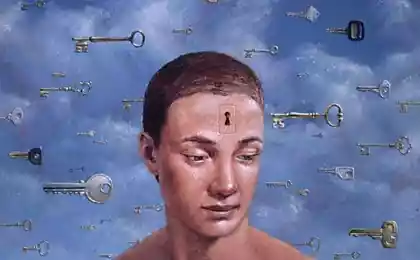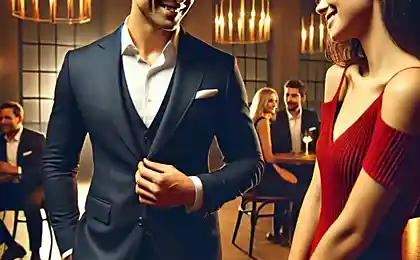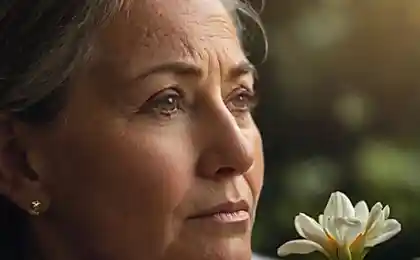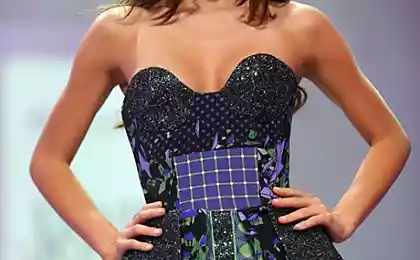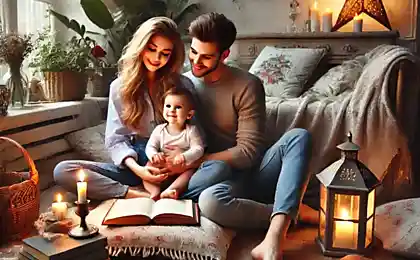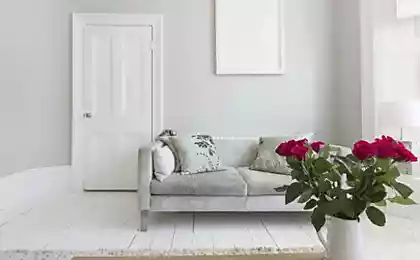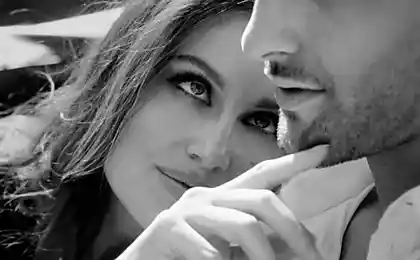135
9 Truths to Understand to Find Your Unique Style

Finding your own style is not just about choosing clothes. It is a journey to oneself that requires courage, patience and a willingness to experiment. Many of us prefer to stay in the shadows, copying other people’s images, but the real magic begins when we decide to be ourselves.
Style is a way of saying who you are without saying a word. It’s a language that speaks louder than words about your personality.
Style Psychology: Why We Are Afraid to Stand Out
According to studies of social psychology, a person naturally tends to belong to a group. This instinct is preserved from ancient times, when to be expelled from the tribe meant certain death. Today, we unconsciously apply the same logic to our appearance.
The story of Coco Chanel is a vivid example of how the courage to be yourself can change the world. When she first wore men's pants, the public was shocked. But it was this courage that made her an icon of style for centuries.
Fear of judgment forces us to choose safe, inconspicuous options. But research shows that people with a pronounced individual style are perceived as more confident and successful.
396110
Nine Truths on the Way to Style
1st
Style begins with understanding yourself.
Before you open the cupboard, open your inner world. Your style should reflect your personality, not fashion trends. Conduct an honest self-assessment: what inspires you, what colors cause you positive emotions, what clothes you feel most comfortable in.
Create a mudboard with images that inspire you – not only fashion, but also architecture, nature, art. This will help you identify your true preferences.
2.
Comfort is the basis of confidence
No fashionable thing will make you stylish unless you feel comfortable in it. Discomfort is read by others and destroys the whole image. Start with the basic things you feel confident about.
A Northwestern University study found that clothing directly affects cognitive abilities and self-esteem. The phenomenon is called enclothed cognition, the embodied cognition through clothing.
3
Quality is more important than quantity
It is better to have a few quality things that can be combined than a closet full of cheap purchases. Quality clothing not only lasts longer, but also looks more respectable.
Start with 30-40 things that are combined with each other. This will create the basis for many images and help develop a sense of style.
4.
Color is your ally.
Define your color palette. It doesn’t have to be the colors you like, it’s the colors that suit you. The right colors can instantly refresh the face and create a harmonious image.
5
Experiments are the path to discovery
Don’t be afraid to experiment, but do it gradually. Start with small changes – a new accessory, an unusual combination of familiar things. Each experiment brings you closer to understanding your own style.
Tom Ford once said, “Style is not what you wear, it’s how you wear it.” Self-confidence can turn even a simple T-shirt into an element of a stylish look.
6
Details create an image
Accessories, shoes, hairstyle - all this is no less important than the main clothes. One correctly selected detail can radically change the perception of the whole image.
7
Style does not depend on budget
The most stylish people are not always the richest. Creativity, the ability to combine things and a sense of proportion matter more than expensive brands. Learn to find interesting things in mass brands and second-hands.
Lifehack: Invest in quality basic things – they will become the basis of the wardrobe. And accent details can be bought more affordable.
8.
Study, but don't copy.
Be inspired by someone else’s style, but don’t copy blindly. Analyze what you like about a particular image, and adapt these elements to your personality and lifestyle.
9.
Style evolves
Don't be afraid to change. Your style should develop with you. What suited you five years ago may no longer reflect your current identity. This is normal and even necessary.

Practical Steps to Style
Weekly action plan:
Day 1-2: Do a wardrobe audit. Put aside things you don’t feel confident about.
Day 3-4: Create a mudboard with images that inspire you.
Day 5-6: Experiment with new combinations of existing things.
Day 7: Make a list of things you would like to add to your wardrobe.
Remember: Style search is a marathon, not a sprint. Be patient with yourself and do not be afraid of mistakes. Every “bad” purchase or unsuccessful experiment brings you closer to understanding what’s right for you.
Your style is the calling card of your personality. It tells the world who you are before you open your mouth. Invest in this message.
Conclusion
Finding your own style is one of the most exciting and rewarding processes of self-discovery. It takes time, patience and courage, but the result is worth it. When you find your unique style, you won’t just look good – you’ll feel like yourself.
Style is not about following rules, it is about creating your own. It is a form of self-expression that allows you to communicate with the world without words. And most importantly, it should bring you joy.
Start your journey to style today. Every day is a new opportunity to express yourself through what you wear. Be brave, be yourself, and let your style reflect your unique personality.
Glossary
Capsule wardrobe Minimalist collection of clothes, consisting of basic things that are easily combined with each other and suitable for different occasions.
mudboard A collage of images, textures, colors and other visual elements used to convey an idea or concept of style.
Color type Classification of people by type of appearance, based on the natural colors of skin, hair and eyes, helping to determine the most suitable color palette in clothing.
Enclothed cognition The psychological effect in which clothing affects a person’s cognitive processes, behavior and self-esteem.
Basic things - universal wardrobe items of neutral colors and classic cut, which serve as the basis for creating various images.
Accent details Bright elements of the image (accessories, shoes, clothes of saturated flowers), which attract attention and make the image more interesting.
Benedict Spinoza: Freedom from false desires and the beginning of a new life
5 things that women with healthy self-esteem pay special attention to




